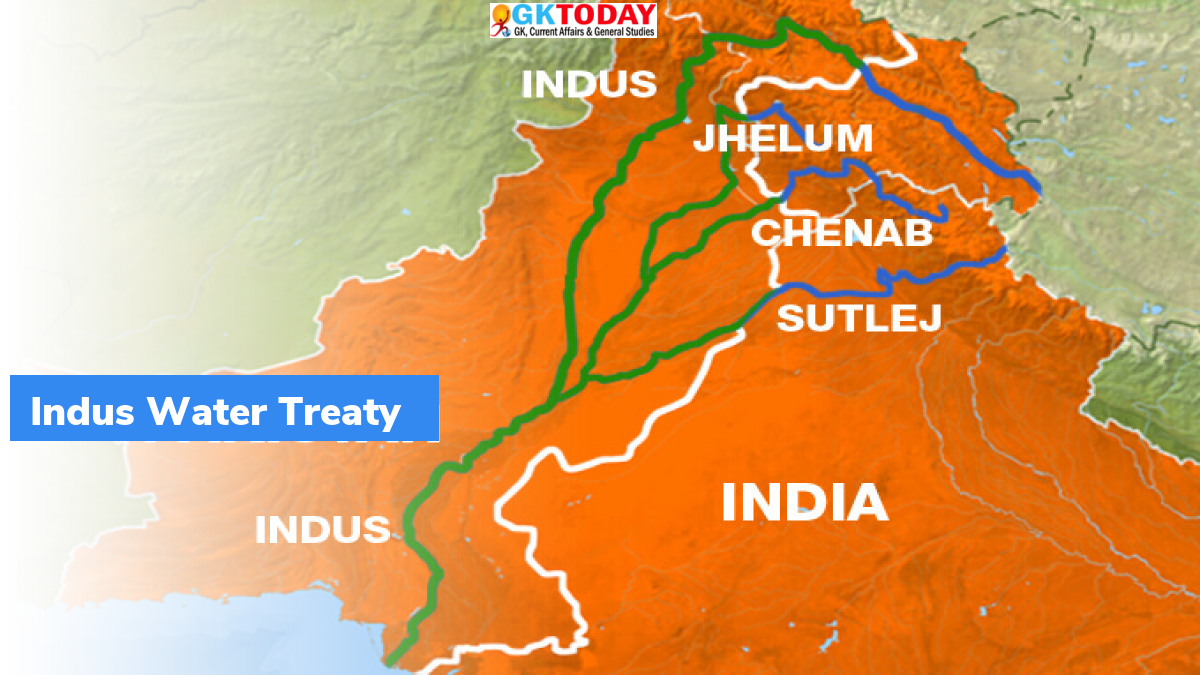Indus Water Treaty (IWT): India sends notice for modification
The Indus Water Treaty was signed between the Government of India and the Government of Pakistan in 1960. World Bank negotiated the treaty. According to the treaty, the waters of Beas, Ravi, and Sutlej are controlled by India, and the waters of Indus, Jhelum, and Chenab are controlled by Pakistan. All these rivers form the Indus Water system. India has 20% access to the water system and Pakistan has 80% access. According to India, Pakistan has been “INTRANSIGENCE” over the treaty. Meaning refusing to agree upon the treaty. For this reason, India has sent a notice to Pakistan to modify the treaty.
What is the issue?
India cites the issues of the Rattle hydroelectric project and Kishenganga disputes as the reason for sending the notice.
What is the Kishen Ganga Dispute?
In 2007, India started the Kishen Ganga Project. The project is related to power generation. It aims to divert the waters of Kishen Ganga for power generation. To this Pakistan objected and the project was stalled in 2011. Why did Pakistan Object? According to Pakistan, Kishen Ganga is a tributary of Jhelum. Jhelum waters belong to Pakistan under Indus Water Treaty. Then, is the Indian project violating the treaty? No. The Indus Water Treaty allows India to use the waters of all the rivers for non – consumptive uses such as hydroelectric power generation. And India was using this clause to use the Kishen Ganga Water (Jhelum) to generate power.
What is the Rattle Hydroelectric dispute?
The Rattle power project is located in the Chenab river. In 2013, the then PM Manmohan Singh laid the foundation stone. The project started in 2018 after World Bank allowed India to move ahead with the project despite Pakistan raising concerns. Again India’s intentions are to use Chenab water for nonconsumptive purposes.
Month: Current Affairs - January, 2023
Category: Defence Current Affairs • International / World Current Affairs


